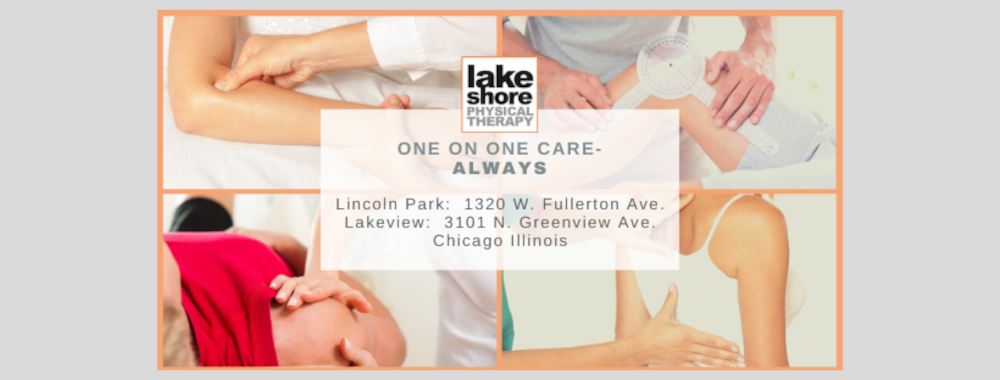 |
| by Katie Hopkins, DPT |
Would it surprise you to learn that I’m talking about
arthritis?
It is a common misconception that arthritis is an ailment only
for the elderly. In fact, arthritis can describe a variety of conditions,
including rheumatoid arthritis, osteoarthritis, lupus, fibromyalgia, and gout. Of
these, the two most common types of arthritis diagnosed are osteoarthritis (OA)
and rheumatoid arthritis (RA). While both have symptoms that include swelling
around the joints, those with osteoarthritis tend to experience more joint
pain, stiffness and achiness while rheumatoid arthritis sufferers experience
more muscle stiffness, achiness, fatigue and weakness.
Due to weakness and fatigue, patients with RA often have difficulty lifting items over 5 lbs., climbing a flight of stairs or walking more than 1/4 of a mile. In fact, studies show that people with RA are anywhere from 33% to 55% weaker
than healthy controls. An aggressive exercise regimen is often recommended to
combat muscle atrophy and fatigue, as this keeps patients functioning at a
higher level in their daily lives. Research shows that patients with RA benefit from both short-term and
long-term aerobic capacity and dynamic strengthening programs to produce and
maintain higher levels of function.
Conversely, patients with OA tend to suffer from more joint pain and
stiffness affecting their range of motion and muscle function. Hips and knees are two joints commonly
affected by OA, and OA in these joints tend to lead to the most functional limitations and greatest decrease in quality of life. Research
studies indicate that resistance training - along with aerobic exercise - lead to the
most changes in patients with OA in their knees. While there has not been as much research done specifically on hip OA, preliminary studies do show that therapeutic exercise programs are as effective
for the hip as they are for the knee. Perhaps
one of the most notable factors in osteoarthritis research is that long-term
results tend to diminish when a prescribed exercise program is not updated or a
patient does adhere to the same levels of exercise independently.
The research supports the effectiveness of an individualized
physical therapy program in treating symptoms of arthritis. A physical therapist can help you to
determine what specific exercises are best for you and your joints and how to
manage your symptoms long term.
References:
Farr JN, Going SB, McKnight PE, Kasle S, Cussler EC, Cornett
M. Progressive Resistance Training Improves Overall Physical Activity Levels in
Patients with early Osteoarthritis of the Knee: A Randomized Controlled Trial. Phys Ther. 2010;90(3);356-366.
Fernandes L, Storheim K, Nordsletten L, Risberg MA.
Development of a Therapeutic Exercise Program for Patients with Osteoarthritis
of the Hip. Phys Ther. 2010;90(4);592-601.
Iversen MD, Brandenstein, JS. Do Dynamic Strengthening and
Aerobic Capacity Exercises Reduce Pain and Improve Functional Outcomes and
Strength in People with Established Rheumatoid Arthritis. Phys Ther.
2012;92(10);1251-1257.
Lin CC, Taylor D, Bierma-Zeinstra S, Maher CG. Exercise for Osteoarthritis of the Knee. Phys Ther. 2010;90(6);839-842
Lin CC, Taylor D, Bierma-Zeinstra S, Maher CG. Exercise for Osteoarthritis of the Knee. Phys Ther. 2010;90(6);839-842

